
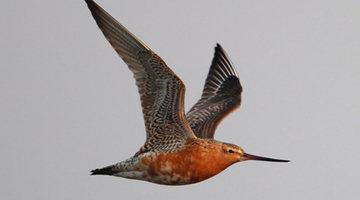
Have you ever wanted to fly? To soar above valleys and mountains, cities and oceans, feeling the wind whipping against your face? Flight has fascinated humans for as long as we have looked ...
READ MORE

Flight was a topic our writer Barbara Ryan enjoyed teaching. "We got really involved – twice I invited Patrick Monro (inventor and flight enthusiast) to come and do a whole-school session on ...
READ MORE

An inquiry approach is a method often used in science education. The question bank provides an initial list of questions on flight and places where their answers can be found. The article ...
READ MORE

In this activity, students explore the importance of wing shape and size and how this determines the flight capabilities of birds and planes. By the end of this activity, students should be able ...
READ MORE
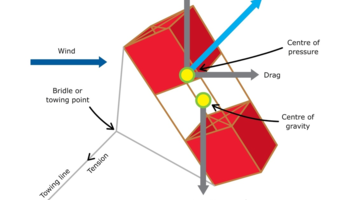
In this activity, students will learn about some kite history and how kites fly before making and flying a kite themselves. By the end of this activity, students should be able to: use some kite ...
READ MORE

In this activity, students explore how flight has developed over time with discussion about trends and future possibilities. By the end of this activity, students should be able to: explain in a ...
READ MORE
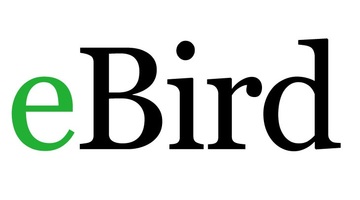
This comprehensive worldwide online citizen science (OCS) project collates bird species, numbers, locations and times of sightings into a large database. You can create a class as a user and, by ...
READ MORE
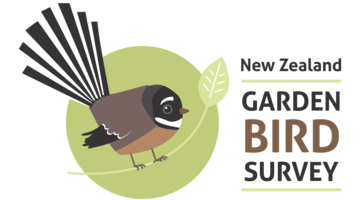
This New Zealand-based citizen science project aims to collect data about the types and numbers of common garden birds in our own backyard. This is done once annually during a particular window ...
READ MORE
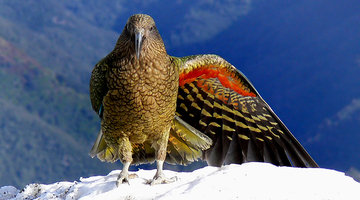
Taking part in this project helps scientists and conservationists know more about the habits of kea. Where are they? How far do they travel? Do they get around in groups? Logging sighting ...
READ MORE
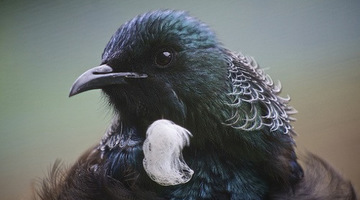
New Zealand is well known for its unique bird life. Our endemic birds evolved in an isolated, island environment. The arrival of people, the deliberate and accidental introduction of mammalian ...
READ MORE

In this online PD session recorded on 15 October 2015, primary school teacher Kim MacPherson talks about the Science Learning Hub’s resources – Conserving native birds – and how she used a ...
READ MORE
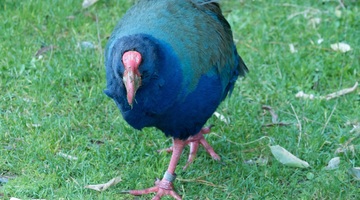
This class case study provides an example of introducing ethical thinking into the classroom to explore a controversial issue in science. It shows how the ethical frameworks in the Ethics ...
READ MORE
Dr Allan McInnes and Dr Adrian McDonald, from the University of Canterbury, explain how gravity and projectile motion keep natural and artificial satellites in an orbital path.
READ MORE
The Rosetta Mission has been a long and complex mission to land a probe on a comet. What exactly is a comet and why land a probe on one? Avionics engineer Warwick Holmes explains how comets may ...
READ MORE
Using party ice, water and charcoal, Rosetta Mission engineer Warwick Holmes and University of Waikato’s John Little create a model of a comet in front of a live audience.
READ MORE

Different wing sizes and shapes allow fliers to have specific flight capabilities. Match birds and aircraft with similar capabilities.
READ MORE
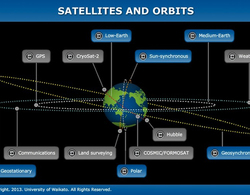
The size, orbit and design of a satellite depend on its purpose. In this interactive, scientists discuss the functions of various satellites and orbits. Accompanying fact files provide ...
READ MORE

This slideshow allows students to consider some of the pros and cons of various methods of predator control. Use the Slideshow menu for further options, including view full screen, and go here ...
READ MORE